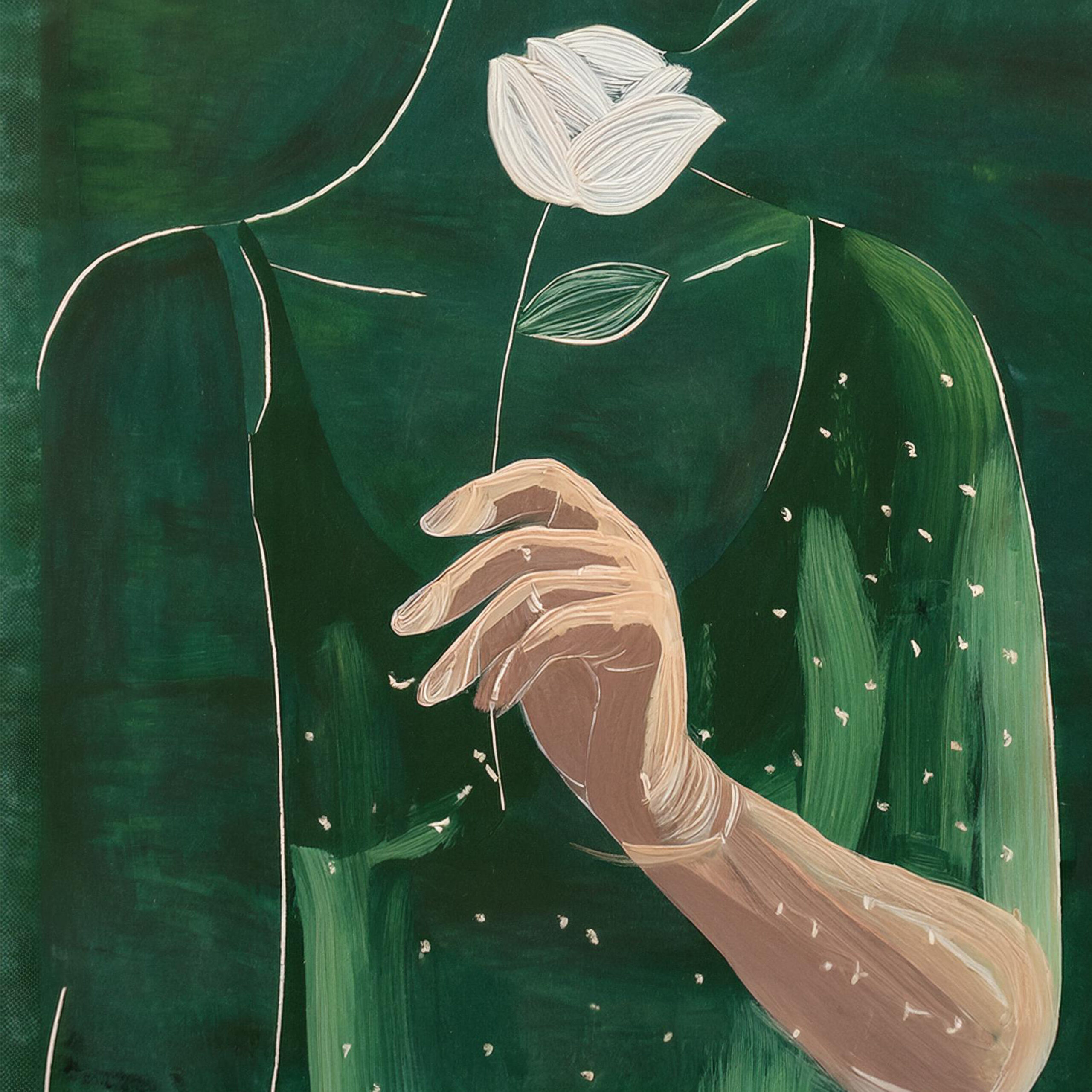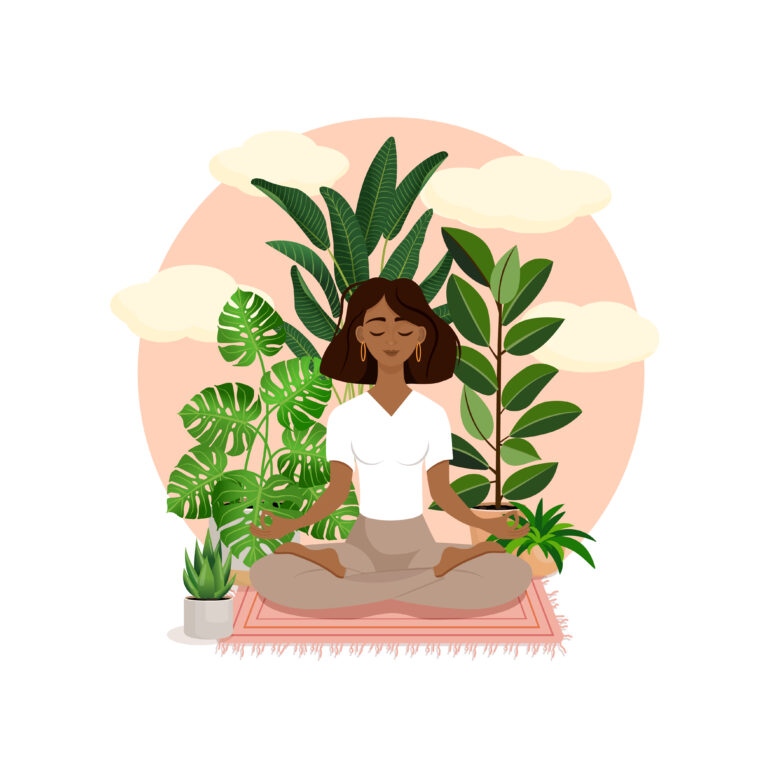With Love, Katie.
Ayurveda stands as one of the world’s oldest forms of holistic medicine, weaving together physical, psychological, and spiritual health into one living system.
Ayurveda focuses on whole-body healing and teaches that a person’s dosha—their unique energy blueprint—actively shapes their personality, well-being, and path to balance.
Ayuverda and Doshas
Ayurveda is one of the oldest holistic healing systems in the world, with roots tracing back over 3,000 years to the Indian subcontinent. The word “Ayurveda” comes from Sanskrit:
- “Ayur” means life
- “Veda” means knowledge or science
So Ayurveda translates to “the science of life.” and it support the overall health and well-being. It’s a system of medicine that evolved through generations of observation, spiritual insight, and connection with nature.
Unlike modern medicine, which often treats isolated symptoms, Ayurveda views you as a whole being—body, mind, emotions, spirit, and environment. The ultimate goal of Ayurveda is to achieve balance between your unique inner nature (prakriti) and the outer world:
- Living in tune with your natural constitution
- Eating in a way that supports your unique energy
- Honoring the seasons, time of day, and even your age
- Supporting the flow of digestive fire (agni) and clearing toxins (ama)
- Using plants, rituals, oils, movement, and stillness to promote long-term wellbeing
Ayurveda is something complex. It takes care of you in a complex way. It considers your digestion, sleep patterns, emotions, seasons, your cycle, your lifestyle, relationships and then gently guides you back to balance.
The Three Doshas: Vata, Pitta, and Kapha
Ayurvedic medicine says that the world is made up of five elements — aakash (space, aka ether), jala (water), prithvi (earth), teja (fire), and vayu (air). The combination of these elements will give you the heart of Ayurveda, the three doshas—energetic forces that make up all of nature, including you. Each person has a unique combination of these doshas.
Vata: The Air and Space Energy
In Ayurveda, Vata is the energy of air and space—light, dry, cool, and ever-moving. It governs all movement in the body: the flow of breath, the circulation of blood, the firing of neurons.
Vata it’s the energy behind creativity, spontaneity, and inspiration—the beautiful winds that stir new ideas into life.
When Vata is balanced, you may feel imaginative, lively, open, and full of lightness. But when Vata goes out of balance, it can feel like being carried away by an invisible wind—scattered thoughts, anxiety, insomnia, overwhelm, and even physical symptoms like dry skin or constipation.
Vata, by its nature, needs grounding, warmth, and steadiness to feel safe and nourished.
Imagine cozying up with a heavy blanket, sipping warm soups, bathing in sesame oil, and embracing slow, rhythmic routines.
The medicine for Vata is softness, structure, and nourishment—a daily return to earth when your spirit longs to drift too far into the clouds.
Pitta: The Fire and Water Energy
Pitta is the energy of fire and water—hot, sharp, intense, and transformative. It governs digestion, metabolism, and the brilliance of a focused, determined mind. When Pitta is balanced, you might feel clear, courageous, and passionately alive, able to pursue your goals with a radiant, steady flame.
But when Pitta tips out of balance, that fire can burn too hot—showing up as irritability, impatience, inflammation, heartburn, or a feeling of being constantly “on edge.” Pitta craves coolness, ease, and compassion to stay in harmony.
Think of cooling foods like cucumbers and mint, walks near water, evening rituals under the stars, and the conscious practice of softening the inner critic.
Pitta finds balance not through more effort—but through surrendering to gentleness, forgiveness, and cooling, calming rhythms.
Kapha: The Earth and Water Energy
Kapha is the energy of earth and water—stable, nurturing, heavy, and soft. It gives the body its structure, its endurance, and its loving, loyal heart. When Kapha is balanced, you might feel deeply grounded, compassionate, calm, and emotionally steady, like rich soil holding life itself.
Yet when Kapha becomes excessive, it can manifest as heaviness in the body and spirit—fatigue, stubbornness, sluggish digestion, sadness, or a sense of emotional “stuckness.”
Kapha thrives when invited into lightness, movement, and warmth. Imagine energizing morning walks, invigorating spices like ginger and cinnamon, laughter with friends, and the practice of letting go—of clutter, old emotions, and stagnant habits.
Kapha teaches us that true nourishment comes from both holding and releasing.
What Is Ayurvedic Treatment?
Ayurvedic treatment is a holistic approach to wellness that addresses the root cause of imbalance, not just the symptoms. It works with your unique body constitution (called your dosha), your environment, your lifestyle, and even your emotional health.
Treatments often include:
- Herbal medicine
- Diet and nutritional guidance
- Oil therapies and massage (Abhyanga)
- Detoxification and cleansing (Panchakarma)
- Yoga and breathwork
- Meditation and spiritual practices
- Daily and seasonal routines (Dinacharya + Ritucharya)
The 5 Pillars of Ayurvedic Treatment
1. Diet as Medicine
Food is seen as your first form of medicine. Ayurvedic dietary guidance is deeply personalized and focuses on:
- Eating in tune with your dosha
- Choosing seasonal and local foods
- Strengthening digestion and agni (your digestive fire)
- Avoiding foods that increase toxins (ama) in the body
- Eating mindfully and with gratitude
For example, a Vata-type person may benefit from warm soups, healthy fats, and grounding spices like cinnamon and cumin, especially in cold seasons, while Kapha it might need something more spicy and acidic. It is also known that Pitta-type persons really like the energizing and sweet foods.
2. Herbal Support
Ayurvedic herbs are gentle yet powerful tools used to support specific organs, detox the body, calm the mind, or boost immunity.
🌿 Common herbs include:
- Ashwagandha – stress relief, adrenal support
- Triphala – gut cleansing and detox
- Brahmi – brain and mood support
- Shatavari – hormone balance and reproductive health
- Guduchi – immune booster and rejuvenator
These herbs are often taken in teas, capsules, pastes, or as part of daily routines with meals. You might wanna consult your healthcare provider to for other safety reasons.
3. Body Therapies and Oil Massage (Abhyanga)
Ayurveda places deep emphasis on touch as healing. Daily self-massage with warm oil is one of the most grounding and nurturing practices.
✨ Benefits of Abhyanga:
- Calms the nervous system
- Improves circulation and lymph flow
- Reduces anxiety and insomnia
- Strengthens the skin and joints
- Balances Vata dosha in particular
Other treatments may include:
- Shirodhara – oil poured on the forehead for mental clarity
- Nasya – nasal herbal oil therapy
- Swedana – herbal steam therapy to release toxins
You might want to consult with your healthcare provider for other safety reasons.
4. Detoxification (Panchakarma)
When deeper cleansing is needed, Panchakarma is the Ayurvedic method for detoxing body and mind through a personalized program of therapies, diet, and rest.
It’s often done under the care of a practitioner and includes:
- Gentle purgation and cleansing
- Massage and steam treatments
- Special mono-diets (like kitchari)
- Emotional clearing and spiritual rest
🌿 Panchakarma isn’t about harsh detoxes—it’s a sacred unburdening of the body.
5. Mind and Spirit Care
In Ayurveda, your emotional state is as important as your digestion. Every treatment plan includes ways to quiet the mind and reconnect with inner stillness.
Tools may include:
- Daily meditation
- Pranayama (breathing techniques)
- Yoga aligned with your dosha
- Spending time in nature
- Journaling and self-reflection
Because without peace in the mind, true healing cannot last.
The Gentle Benefits of Ayurvedic Treatment
When practiced consistently, Ayurveda brings more than relief from symptoms. It brings a sense of coming home to your body.
Here’s what many people experience:
- Improved digestion and gut health
- Reduced stress and anxiety
- More restful sleep
- Balanced energy and mood
- Fewer hormonal symptoms (like PMS, acne, hot flashes)
- Stronger immunity
- A deeper connection to self and nature
- A lifestyle that feels good, not just looks good
Ayurveda Is a Lifestyle, Not a Prescription
Now, before you start everything listed, you might need to know: ayurveda has not been fully studied from a U.S. view, and its medicine is regulated as dietary supplements in the U.S., which means they don’t need to meet the safety standards as medicines.
You don’t need to live in India, change your religion, or know Sanskrit to benefit from Ayurveda. You just need to slow down—and listen.
For example, listen: what foods make you feel light and clear or even more, what rhythms help you sleep well? Do you even know what your body truly wants today?
That is Ayurveda: the art of paying attention in a modern, always rushing word and to find the balance where your healing begins.
Ayurveda will teach you to listen and slow down. Also, it will bring you close to nature and back into wholeness.







